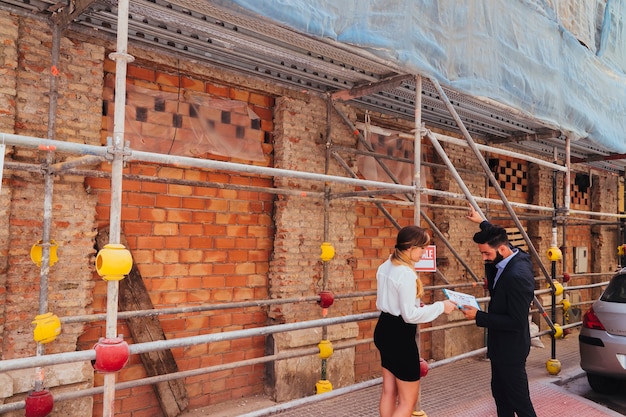When it comes to construction projects involving elevation changes or soil retention, the design of retaining block walls plays a crucial role. Retaining block walls are not only functional but also aesthetically pleasing, providing stability and adding visual appeal to landscapes. In this article, we will explore the importance of retaining block wall design in construction and its impact on the overall success of a project.
Ensuring Structural Integrity
The design of retaining block walls is essential for ensuring their structural integrity. Proper design considerations, such as wall height, base width, reinforcement, and drainage, are crucial to withstand the pressure exerted by the retained soil and external forces. A well-designed retaining block wall can withstand the test of time, preventing failures, and ensuring the safety and stability of the surrounding area.
Enhancing Aesthetics
Retaining block walls not only serve a functional purpose but also contribute to the visual appeal of a landscape. The design of these walls can be customized to complement the architectural style and surroundings, creating a harmonious and cohesive look. With a wide range of block sizes, shapes, textures, and colors available, designers can create stunning retaining block walls that enhance the overall aesthetics of a project.
Maximizing Efficiency
Efficient retaining block wall design can lead to cost and time savings during construction. The use of interlocking blocks, which are specifically designed for ease of installation, streamlines the construction process. Additionally, precise design calculations can optimize the amount of material required, minimizing waste and reducing costs. A well-designed retaining block wall system can be quickly installed, allowing for timely project completion.
Ensuring Proper Drainage
Effective drainage is a critical aspect of retaining block wall design. Improper drainage can lead to water buildup behind the wall, causing hydrostatic pressure and compromising its stability. By incorporating proper drainage systems, such as weep holes and gravel backfills, into the design, potential water-related issues can be mitigated. Proper drainage ensures the long-term durability and functionality of the retaining block wall.
Conclusion
In conclusion, the design of retaining block walls is of utmost importance in construction projects. The structural integrity, aesthetics, efficiency, and drainage considerations greatly influence the success of a project. By investing in well-designed retaining block walls, developers, contractors, and property owners can ensure the stability, functionality, and visual appeal of their projects.

